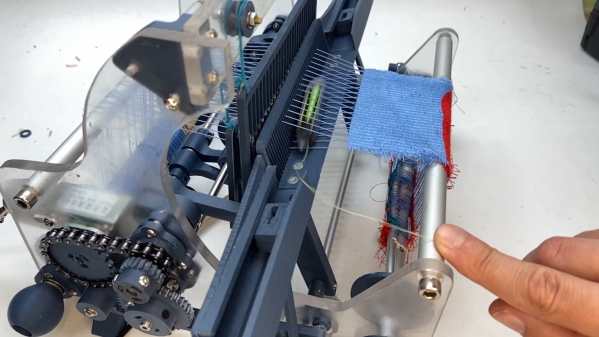The International Space Station has been in orbit around the Earth, at least in some form, since November of 1998 — but not without help. In the vacuum of space, an object in orbit can generally be counted on to remain zipping around more or less forever, but the Station is low enough to experience a bit of atmospheric drag. It isn’t much, but it saps enough velocity from the Station that without regular “reboosts” to speed it back up , the orbiting complex would eventually come crashing down.
Naturally, the United States and Russia were aware of this when they set out to assemble the Station. That’s why early core modules such as Zarya and Zvezda came equipped with thrusters that could be used to not only rotate the complex about all axes, but accelerate it to counteract the impact of drag. Eventually the thrusters on Zarya were disabled, and its propellant tanks were plumbed into Zvezda’s fuel system to provide additional capacity.

Visiting spacecraft attached to the Russian side of the ISS can transfer propellant into these combined tanks, and they’ve been topped off regularly over the years. In fact, the NASA paper A Review of In-Space Propellant Transfer Capabilities and Challenges for Missions Involving Propellant Resupply, notes this as one of the most significant examples of practical propellant transfer between orbital vehicles, with more than 40,000 kgs of propellants pumped into the ISS as of 2019.
But while the thrusters on Zvezda are still available for use, it turns out there’s an easier way to accelerate the Station; visiting spacecraft can literally push the orbital complex with their own maneuvering thrusters. Of course this is somewhat easier said than done, and not all vehicles have been able to accomplish the feat, but over the decades several craft have taken on the burden of lifting the ISS into a higher orbit.
Earlier this month, a specially modified SpaceX Cargo Dragon became the newest addition to the list of spacecraft that can perform a reboost. The craft will boost the Station several times over the rest of the year, which will provide valuable data for when it comes time to reverse the process and de-orbit the ISS in the future.
Continue reading “Dragon Is The Latest, And Final, Craft To Reboost ISS”
















